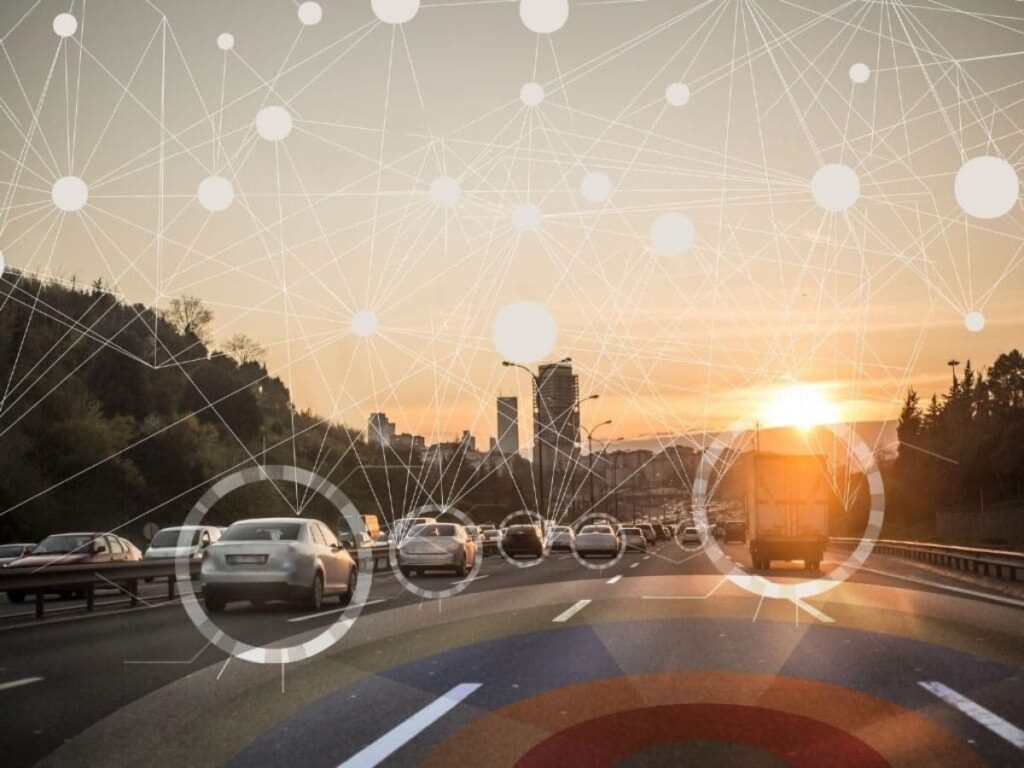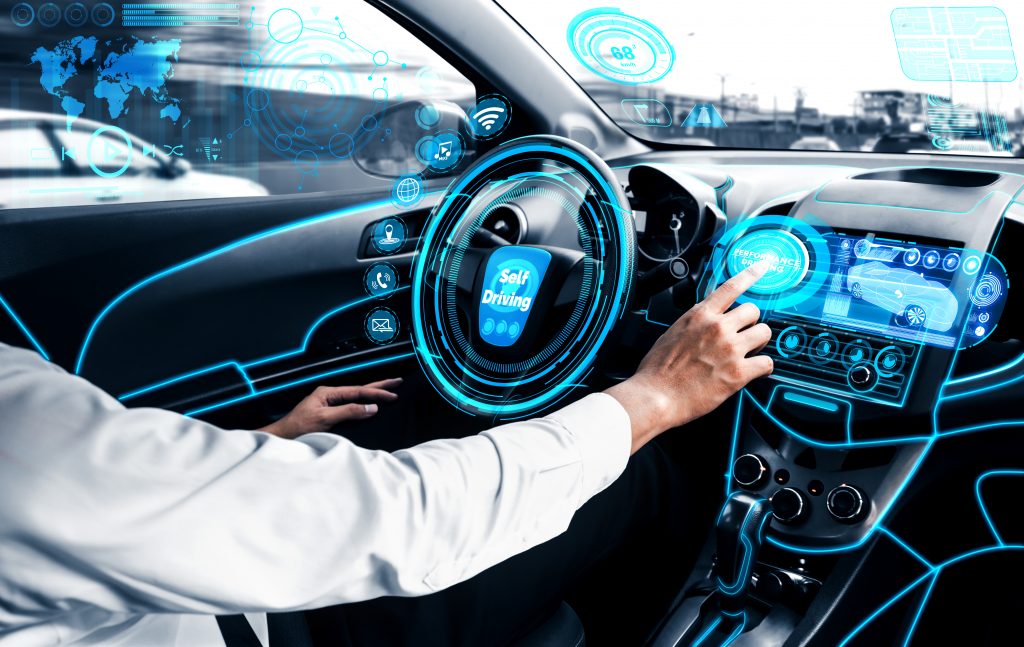Taipei Self-Driving Gharry: A New Age of Transportation

Imagine stepping into the future as you roam Taipei’s bustling streets. Here in this vibrant city, tradition marries innovation in the form of the Taipei Self-Driving Gharry. This isn’t just another car. It’s a tribute to Taipei’s deep-rooted history and its unwavering spirit to embrace the new. As you slide into this modern marvel, it evokes memories of the age-old rickshaw. Yet its state-of-the-art technology propels you forward into the world of tomorrow.
So what makes the Taipei self-driving gharry stand out? For starters, it’s a seamless blend of culture and technology. It’s the face of a city that knows where it comes from and where it’s headed. But there’s more to it. With the rise of artificial intelligence, these gharries navigate the city with precision. They promise safety with advanced collision avoidance systems. They represent eco-friendliness by leaving a minimal carbon footprint. And most importantly, they epitomize convenience for every passenger.
The Evolution of Taipei’s Transportation Landscape

In its early days, Taipei’s streets were filled with bicycles, the primary mode of transport for many residents. The simplicity and affordability of bikes made them a popular choice, offering freedom to navigate the city’s narrow alleys and bustling streets. But as the population grew and urban development took off, a need for a more comprehensive and organized transportation system arose.
Enter the buses, a more structured form of public transportation. These vehicles began to ply Taipei’s roads, connecting distant parts of the city. They added a layer of connectivity, but Taipei’s visionaries knew that the future required a more advanced system.
The 1990s marked a significant milestone with the introduction of the Taipei Metro, commonly known as the MRT. This efficient and modern subway system connected major city districts, making it easier than ever to travel long distances in a short time. The MRT, with its punctuality and extensive network, soon became the backbone of Taipei’s public transportation, reducing road congestion and becoming a symbol of the city’s modernization.
But Taipei didn’t stop there. To further promote eco-friendly transport, the city introduced the YouBike bicycle-sharing system in the 21st century. It encouraged residents and tourists alike to adopt cycling for short-distance commutes, further reducing the city’s carbon footprint.
Fast forward to today, and the city is on the brink of another revolution with the introduction of the Taipei self-driving gharry. A nod to the traditional rickshaws but infused with cutting-edge technology, this new entrant promises to further redefine Taipei’s transport narrative.
Significance of Taipei Self-Driving Gharry

Imagine a vehicle, autonomous in nature, yet reminiscent of an era gone by. The Taipei self-driving gharry isn’t just transportation; it’s a testament to Taipei’s spirit—forever evolving but never forgetting.
- Cultural Fusion: Merges Taipei’s rich heritage with modern technology, blending the traditional concept of a rickshaw with state-of-the-art autonomous driving.
- Environmental Benefits: Offers a greener mode of transport, contributing to reduced carbon emissions and promoting a cleaner urban environment.
- Safety Advancements: Incorporates cutting-edge collision avoidance systems and advanced AI, setting new standards in urban transportation safety.
- Economic Boost: Has the potential to attract tourists, tech enthusiasts, and investors, fostering a novel industry around autonomous transport.
- Traffic Alleviation: With efficient route optimization, it can help in decreasing congestion and promoting smoother traffic flow.
- Accessibility: Provides a new transport option that can cater to diverse populations, including the elderly and those with disabilities.
- Space Optimization: As autonomous vehicles, gharries can potentially reduce the need for expansive parking spaces, freeing up urban areas for other uses.
- Energy Efficiency: Often designed to be electric, contributing to reduced fossil fuel dependency and promoting sustainable energy usage.
- Integration Potential: Fits well with Taipei’s Smart City initiatives, paving the way for integrated transport solutions in the future.
- Public Engagement: Serves as a platform for public discourse on technology, ethics, and the future of transportation, fostering community involvement and feedback.
Historical Context: From Rickshaws to Gharries
The Rickshaw’s Role in Asian Transportation
Rickshaws, once the sinews connecting Asia’s sprawling streets, were more than mere vehicles. They were emblematic of a culture, an era, and the socio-economic zeitgeist of the times.
Transition to Gharries: A Fusion of Tradition and Innovation
Gharries, inspired by rickshaws, represent the perfect amalgamation of reverence for the past and the ambition for the future, embedded with state-of-the-art technology.
Technological Foundations of Taipei Self-Driving Gharry

The Rise of Artificial Intelligence
In the crucible of technological innovation, artificial intelligence has emerged as the linchpin. It’s the cerebral core that orchestrates the autonomous ballet of the gharry on the bustling streets.
Sensor Integration and Environmental Awareness
A mélange of sophisticated sensors, from LiDAR to radars, grant these vehicles an uncanny perception. They don’t just ‘see’—they interpret, predict, and respond.
Safety Measures and Protocols
The Taipei Self-Driving Gharry, as an advanced transportation solution, embodies a commitment to ensuring passenger and pedestrian safety. As it traverses the city’s busy streets, a multi-layered safety framework underpins its operation. Here’s an overview:
- Collision Avoidance Systems:
- Utilizes advanced sensors like LiDAR and radars to detect obstacles in real-time.
- Algorithms predict potential collisions and take preventive actions, such as slowing down or changing lanes.
- Redundant Systems:
- In the event of a primary system failure, backup systems kick in to ensure the vehicle’s continuous safe operation.
- Monitoring and Remote Intervention:
- While fully autonomous, each gharry is also monitored remotely.
- Human operators can intervene in complex traffic scenarios or unexpected events.
- Regular Software Updates:
- Just like updating smartphone apps, the vehicle’s operating system receives regular updates to enhance performance and address potential vulnerabilities.
- Strict Testing Protocols:
- Before being released onto the streets, each gharry undergoes rigorous testing in controlled environments to ensure it can handle various scenarios.
- Geofencing:
- Limits the operation of the gharry to predefined areas, ensuring it operates only in regions it’s been thoroughly tested for.
- Emergency Stop Mechanisms:
- In the rare event of a system failure or unforeseen challenge, the vehicle can safely come to a stop, minimizing risks.
- Data Protection:
- While the gharry collects data for navigation and optimization, strict data protection protocols are in place to prevent misuse.
- Pedestrian Safety:
- Advanced detection systems ensure that pedestrians are recognized and that the vehicle yields or stops as needed.
- Vehicle-to-Infrastructure Communication:
- The gharry can communicate with traffic signals and other city infrastructure to better understand and navigate its environment.
The safety measures and protocols of the Taipei Self-Driving Gharry stand as a testament to the city’s dedication to fostering both innovation and well-being, ensuring that every journey is not only efficient but also safe.
The Environmental Impact

Reduced Carbon Footprint
Electrified and efficient, these gharries are beacons of sustainability, driving Taipei closer to its green ambitions.
Addressing Traffic Congestion and Urban Mobility
Their potential isn’t just individual but collective. By streamlining traffic and optimizing routes, they could redefine urban mobility.
Economic Implications
Job Creation and Displacement
While certain roles may recede into the annals of history, fresh avenues—be it in software, maintenance, or oversight—emerge, reshaping Taipei’s employment landscape.
Impact on Taipei’s Tourism Industry
To the discerning traveler, these gharries offer an unparalleled experience: a journey through time and technology. Tourism in Taipei stands on the cusp of a renaissance.
Ethical Considerations

The Debate Over Machine Judgement
Does a machine possess the sagacity to make critical decisions, especially in dire straits? It’s a debate that rages on.
Data Privacy and Surveillance Concerns
In an era where data is gold, there’s a delicate balance to be struck between harnessing information for safety and infringing on individual privacy.
Potential Challenges and Roadblocks
Technical Limitations
Despite their prowess, these vehicles aren’t infallible. Rain, complex traffic scenarios, and unforeseen obstacles pose tangible challenges.
Public Acceptance and Trust
For many, entrusting one’s safety to a machine remains a leap of faith. Building this trust is both a challenge and a necessity.
The Future of Taipei Self-Driving Gharry

Integration with Smart City Initiatives
Taipei’s vision of a “Smart City” finds a worthy ally in these gharries, hinting at a harmonious coexistence.
Evolution of Urban Infrastructure
Streets, traffic systems, and even urban planning might evolve, with the gharry at its nucleus, driving change.
Frequently Asked Questions on Taipei Self-Driving Gharry
What is a Taipei Self-Driving Gharry?
How does the Self-Driving Gharry ensure passenger safety?
Is the Taipei Self-Driving Gharry eco-friendly?
How does the gharry fit into Taipei’s urban landscape?
Can I hail a Self-Driving Gharry like a traditional taxi?
Conclusion
The Balance of Tradition and Future
The Taipei self-driving gharry stands as a testament to Taipei’s ethos—a harmonious blend of yesteryears and tomorrows.
Taipei’s Position in the Global Autonomous Movement
With such pioneering endeavors, Taipei cements its position as not just a participant, but a leader in the autonomous movement, steering the world towards a promising future.
People Also Searched:
- Airfood Recipe
- Star Wars Cake
- Garden Therapy DIY Garden Projects Yummy Recipes Crafty Goodness
- Craigslist Yakima Washington
- Sage Rush
- Franko Dean Street Fashion Lifestyle Blogger
- Ztec100 Tech Fitness
- Chilis Roasted Street Corn
- Girls DP
- wellhealthorganic.com:ayurveda-dinner
- Poe Crimson Township Crafting Recipe
- The grateful grazer whole foods nutrition wellness
- Palak Paneer Recipe
- Swinging Sultan
- Honey Gold Sauce
- The Cultureur A Luxury Travel and Lifestyle Blog
- Suprabhat Images
- Girls Attitude Images
- Andrea Chong Fashion Travel Lifestyle Blog
- starbucks partner hours
- Robloapp
- Hiperblox Org
- Enware 17in Laptop
- Weird Keywords
- ManhwaClam
- Hausad Clearance
- Buxprize Org
- HQPotner
- Çeviit
- Iversær
- Kolkata FF Tips Dekho Aur Jeeto (*Har Bazi Tips Yaha Milega)
- Örviri

